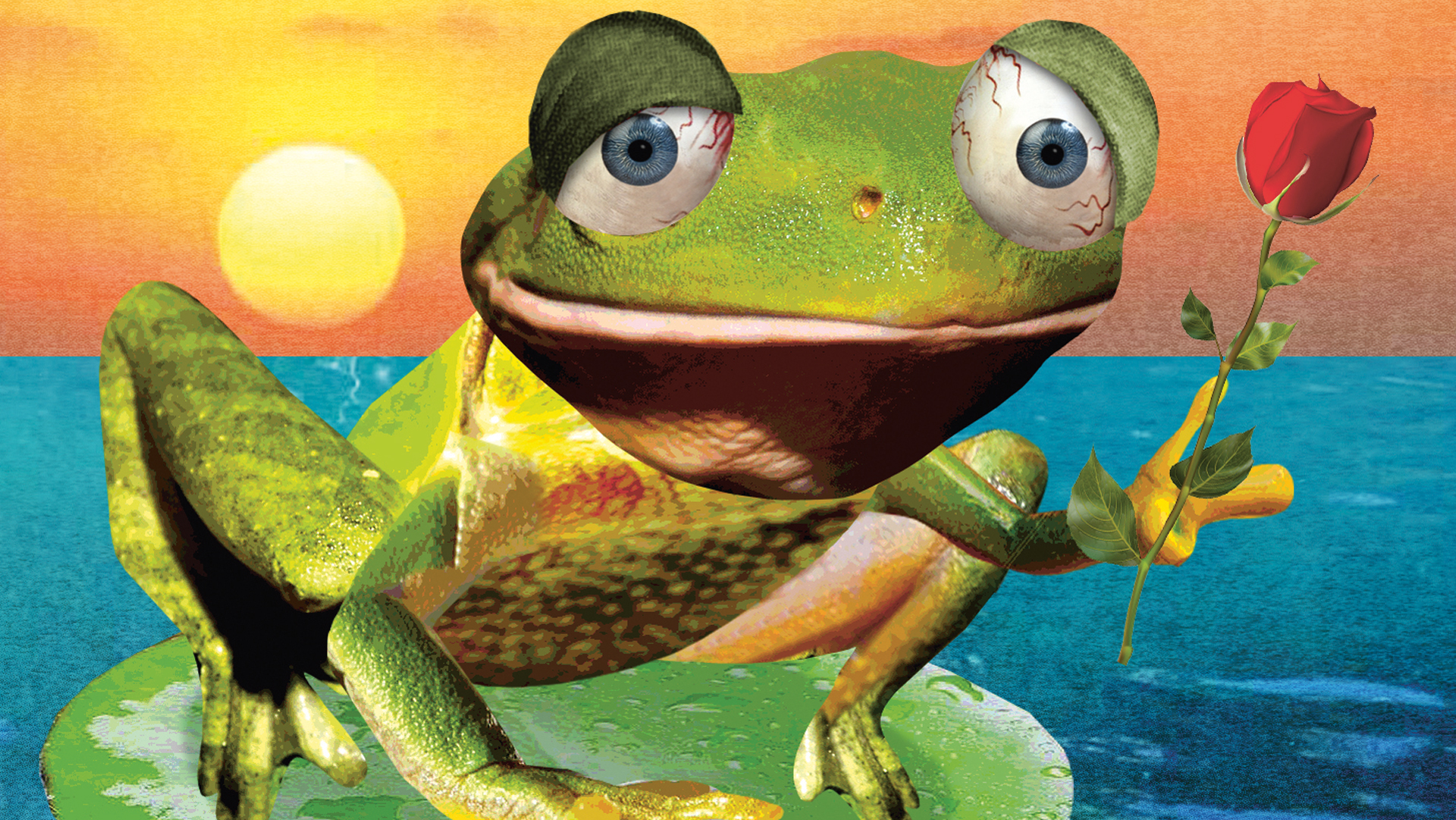How it was told
It’s difficult enough to hop out into the dating world when there are plenty of fish in the sea, let alone when you’re the only frog of your species.
Romeo the Sehuencas water frog has been giving it big licks on his Twitter account and online dating site match.com since Valentine’s Day last year to find a mate, after conservationists were unable to find another identical frog in the wild for a decade.
The Daily Express were among news outlets that jumped on the story at the time, reporting “Urgent mission to find partner for world’s LONELIEST frog – ‘Romeo MUST find his Juliet!’”.
Last week, they also joined a rush of other outlets to report that his Juliet had been found with the article “Hope for endangered frogs as lonely Romeo FINALLY finds a mate after 10-YEAR search”.
The news sent Metro into an existential crisis as they opted for the headline: “Oh good, the world’s loneliest frog has found himself a date while we’re still single”.
Romeo’s find made a splash across the globe too: with Canada’s National Post attributing the success to his match.com profile: “How online dating saved Bolivia’s endangered bachelor frog” as did the US’s smithsonian.com with “A Year Later, match.com Profile Pays Off for World’s Loneliest Frog”.











